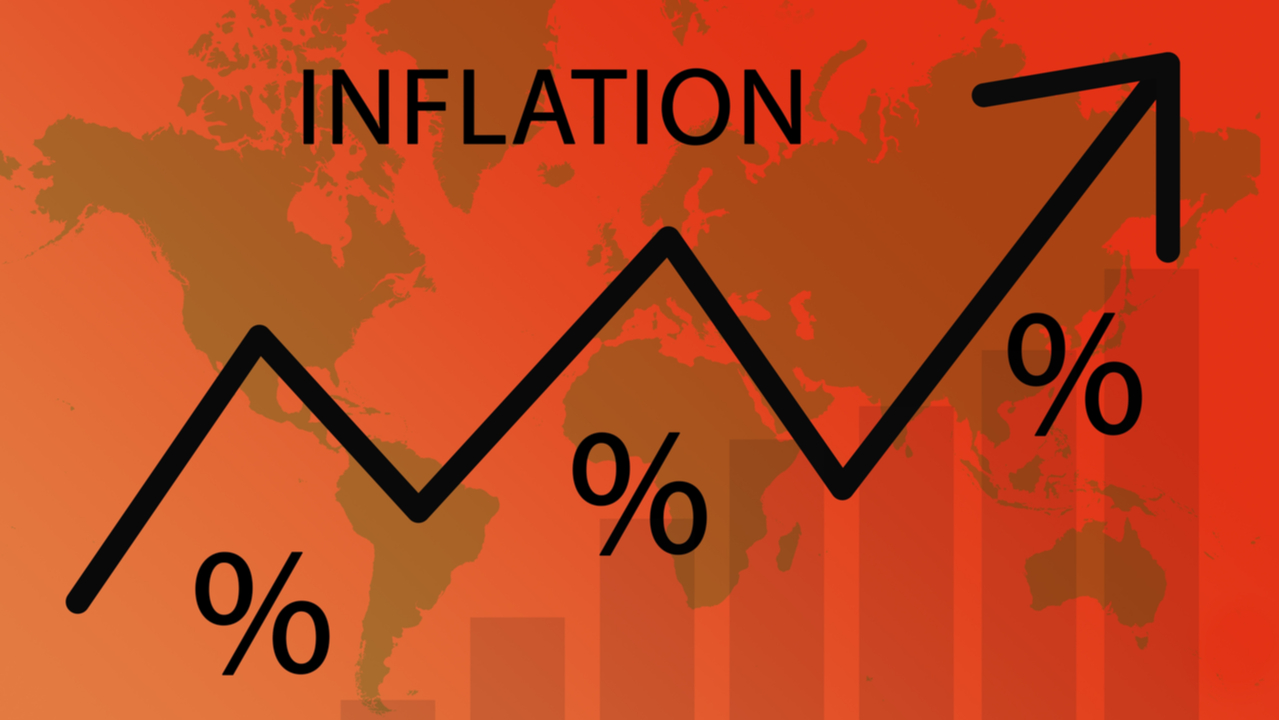
WISDOMTREE- Weekly commentary from Professor Jeremy J. Siegel (04/10/2023) :
It was a holiday shortened week for equity markets, but not for economic data teams on Friday, with the all-important labor market report coming after quite an interesting week on the data front.
The week started out with some of the weakest data we’ve had this year. The sharp drop in job openings in the JOLTS data jolted the market to the downside—as it was the first-time job openings had been below expectation in quite some time. ADP’s report on employment came in soft. And then both the ISM service data and durable goods orders also came in on the weaker side.
These weaker economic reports brought the 10-year bond yield down to 3.20% as investors braced for a weak employment report print. Yet, Good Friday’s jobs data came out in-line with consensus estimates—a good Friday indeed! Yields jumped back up and stock prices held in there in the futures market.
The payroll number came in almost exactly as expected. But the good news from a Federal Reserve rate hike perspective was month-over-month hourly earnings coming in as expected, while year-over-year earnings ticked down 1/10th below expectations. Also good news was an increase in the labor force participation rate, which has shown a really nice recovery back to nearly March 2020 levels after increasing four consecutive months.
We also had another 1/10th drop in hours worked each week. Economists focus too much attention just to the headline payroll number. But I often point out in these commentaries 1/10th of an hour worked each week is equivalent to almost 300,000 workers at the same number of hours. The drop in the hours more than nullified the jump in workers in this report. I think this exemplifies softness—not a complete falling apart but a downturn in employment trends. Further, there were large revisions to the weekly jobless claim figures, which hadn’t looked realistic to me for weeks. Seasonal adjustment factors caused an under-reporting of the weekly jobless claims—again showing more softness in the labor market.
Most importantly—all this economic data is pre–Silicon Valley Bank (SVB) failure and the banking ‘crisis.’ It will likely take 4-6 weeks before SVB’s impact is fully seen, and I am concerned about the rising risk of a recession.
The CPI will be released this Tuesday. It will be important to see the core numbers ex-housing continuing a disinflationary impulse to allow the Fed to pause rate hikes before cutting. The market is leaning towards 25 basis point hike at the next May meeting, but it is close of being a 50/50-coin flip and we have more data reports that will alter probabilities in the next four weeks.
While I am leaning cautious for now, I always think recessions are great buying opportunities. I don’t sell equities in anticipation of a recession, but I know a lot of other people do, which could lead to weakness in the equity markets. I do not see a crash, and I think last October’s lows should hold. Despite all the real hits we’ve taken this year, the market has really held up quite well. That tells me many are already positioned for very cautious and bearish outcomes.
